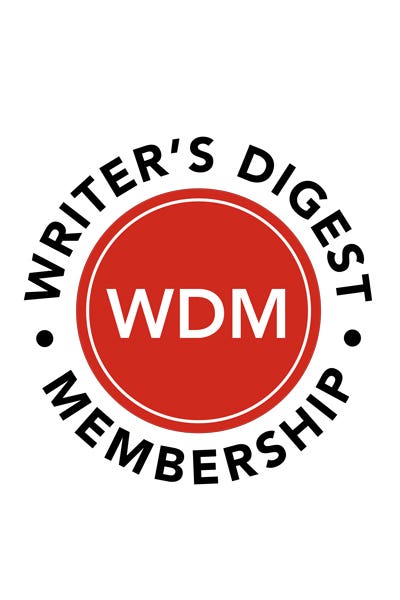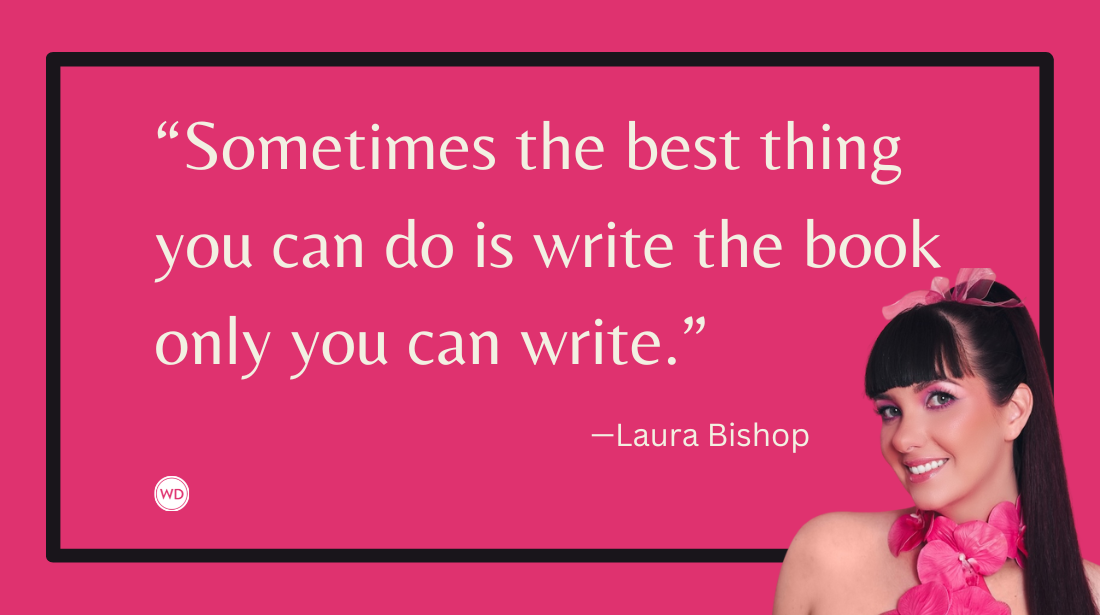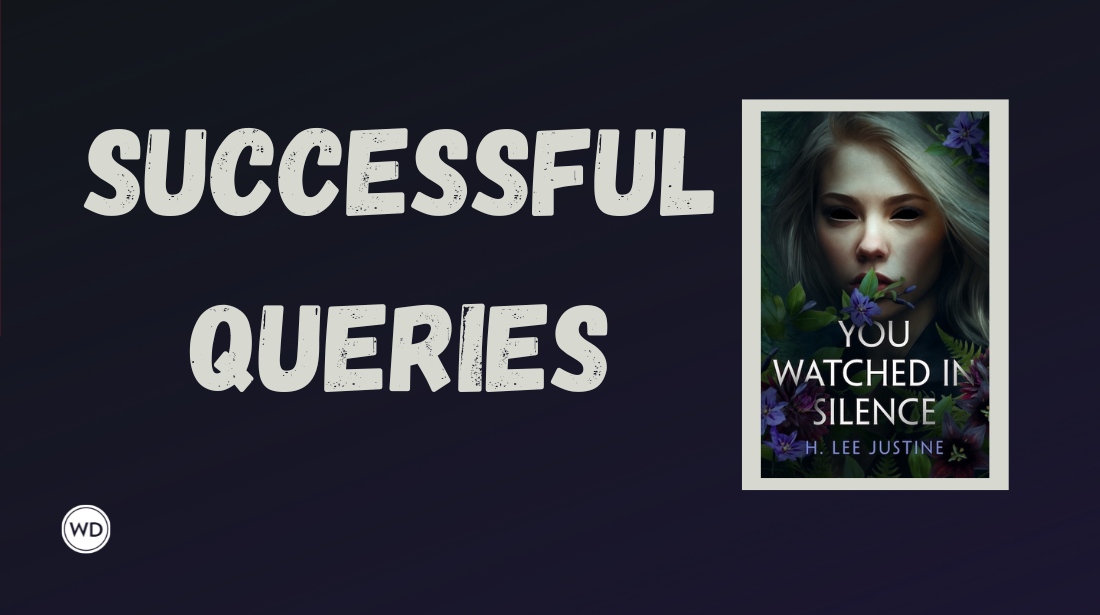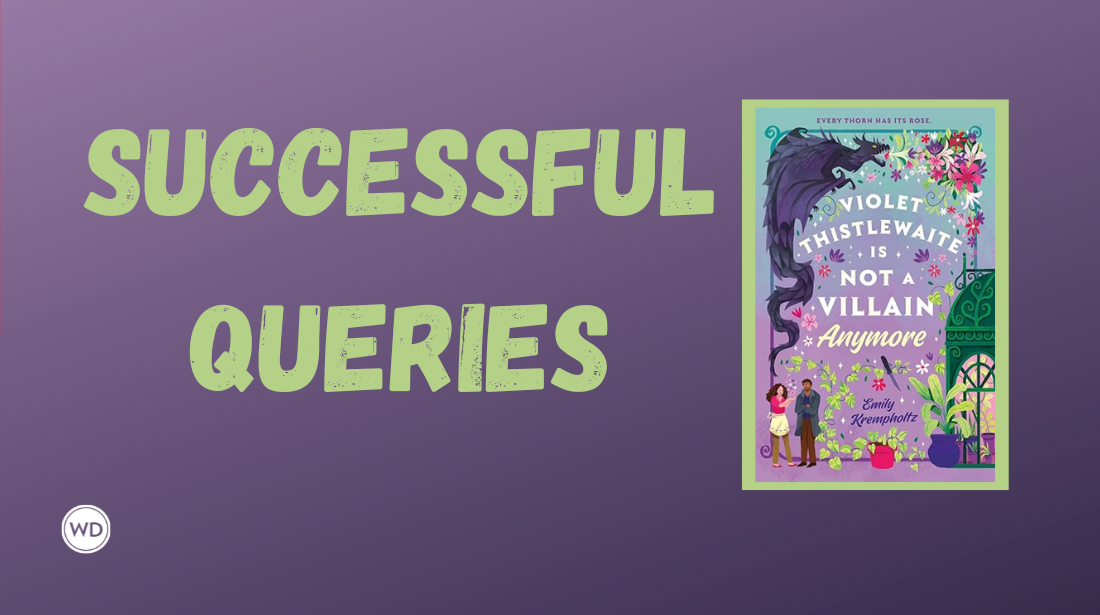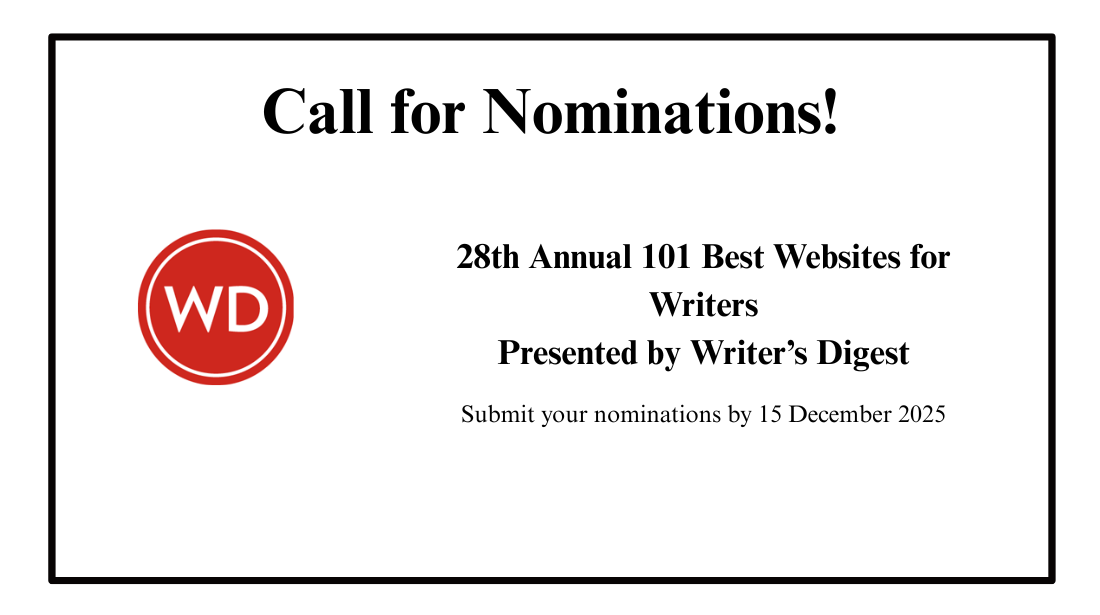The Why, What, How of Comp Titles for Your Nonfiction Book Proposal
Award-winning author and podcaster Debra Eckerling breaks down the why, what, and how of comp titles for your nonfiction book proposal.
“Book Comps”—aka comparable/comparison titles—is one of the most important sections of your nonfiction book proposal.
The reason? Past sales are proof of future sales.
Book comps are bestselling titles in your genre that are similar to—but different from—yours. You need to be able to tell an agent or publisher, “This book sold, so mine will too.” And “My book is better than/different from this one for the following reasons, so there is a market for it, as well.”
You will likely put a line about book comps in your book proposal overview: “My book is this title meets that idea, but with this specific angle or differentiation."
In the Book Comps section you really get to go into detail.
What to Look for With Book Comps
How hard can it be to find book comps? Very, especially in nonfiction. If something has been done well recently, your book may not be needed. If a title did well 10 or 15 years ago—but the subject has not been covered since—that’s a red flag. No one has bought the title in a decade, so clearly readers are not interested.
For your comp section, you need to find:
- 5 to 7 titles that are …
- Published traditionally (a large publishing house, imprint, or independent publisher) …
- Within the last five years
- That have good ratings and a substantial number of reviews
You do not want:
- Titles more than 5 years old
- Self-published books (that includes hybrid titles)
- And especially not old, self-published titles
- Low numbers of ratings and books that are poorly reviewed
The exceptions: If all of your other comp titles are good, and you strongly believe it to be a value add, at the end you may want to add:
- One older, but not ancient, highly-regarded, standard-for-the-industry-or-genre, known tile
- One recent, remarkable, well-sold and well-reviewed self-published title
One other hack: You can use the introduction to your comps section as a way to reference classic titles without going into detail. Eat Pray Love (self-actualization and memoir), 7 Habits of Highly Effective People (business), and The Artist’s Way (creativity) would fall into this category. For instance: “From TITLE to TITLE to TITLE, readers are really interested in THIS TOPIC.” Again, don’t overdo it, and include a favorite along with more relevant, recent titles.
How to Find Comps
In Person: To research comp titles, start old school. Go to a bookstore, find the section your book would be shelved in, and see what else is out there. Carefully checking the publisher—to make sure it’s a traditional one—and the pub date, make a list of books to research online.
And/Or
Go Online: Do a search for “Best of” lists in your book’s category. Then, write down which of those books are most akin to yours. Note: Save the links of your favorite “Best of” lists to put in the conclusion of your comps section. More on that below.
Research the Details: Do a search on Amazon for each book you think could be a good comp. For each title, scroll down to get to the product details. There you will find the:
- Publisher
- Publication date:
And then toward the bottom of that section:
- Bestsellers Rank
- Categories
- Customer Reviews
- Ratings
If you need more comp titles to explore, click on the categories that are a fit. That will take you to the top titles in that category. If you think you are going down a rabbit hole, you’re right. Sometimes that’s what it takes to identify the right comps.
Once you find 10 or so titles you think are best for your book, go back over them and choose the best comps.
How to Format Your Comps
For each title in the comp section, include the following information. Hyperlink each book title to the Amazon listing. Note: Typically the link will go to the trade paperback version.
This is the format:
Title by Author(s) (Publisher, Date). Plus, a one or two-line description of the book.
Next, a couple of lines about what makes your book different/better.
List of the rankings in each category
Number of Ratings and Reviews
After you detail your five to seven comps, finish the section with your version of the following conclusion line:
“BOOK TITLE could be shelved in CATEGORY, CATEGORY, or CATEGORY. It would seamlessly fit into a list of best books on any of these topics, such as LINKS TO LISTS.”
Final Thoughts
For your comp section you want to find five to seven traditionally published titles in your genre that are similar to yours—to show your concept will sell—but different enough that there is a place for your book in the marketplace.
Remember, the entire book proposal is a marketing document. The easier you make it for your book to sell—“My book is this + that, but with a twist”—the more likely an agent or publisher will want to run with it!
Debra Eckerling is a goal-strategist, workshop leader, and award-winning author and podcaster. The creator of The DEB Method for goal-setting simplified, Debra works with individuals and teams on book and book proposal development, personal and professional projects, and networking strategy. She hosts the GoalChatLive/GoalChat and Taste Buds with Deb podcasts and is the founder of the Write On Online community for writers, creatives, and entrepreneurs. Debra is the author of Your Goal Guide (IPPY Silver Medal, Self Help) and 52 Secrets for Goal-Setting and Goal-Getting (Mango, January 14, 2025). Connect with Deb on LinkedIn or learn more at TheDEBMethod.com.



